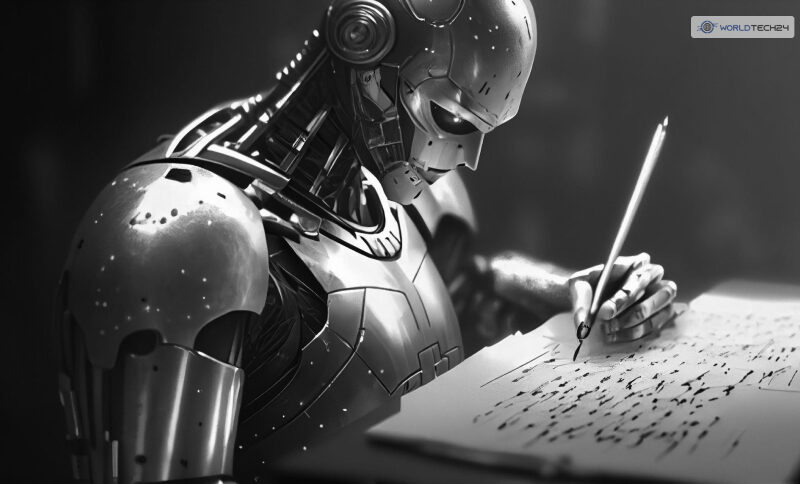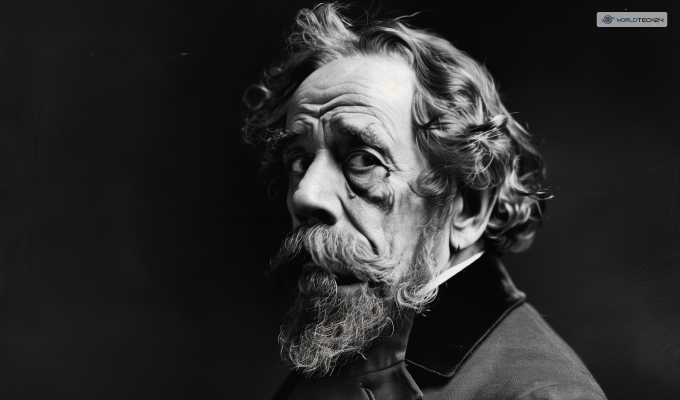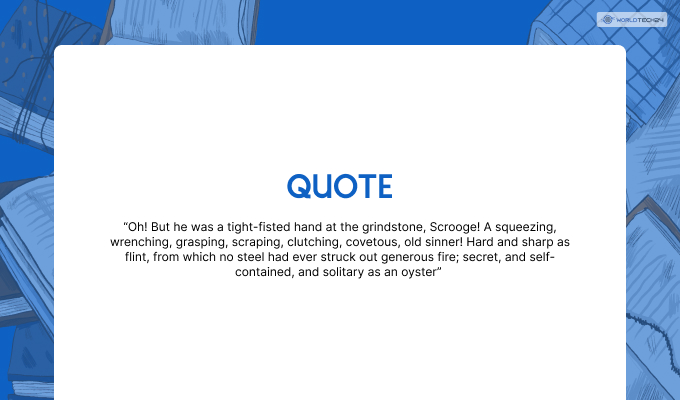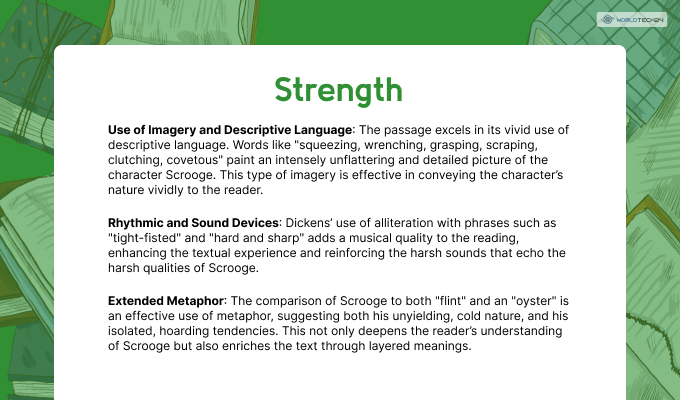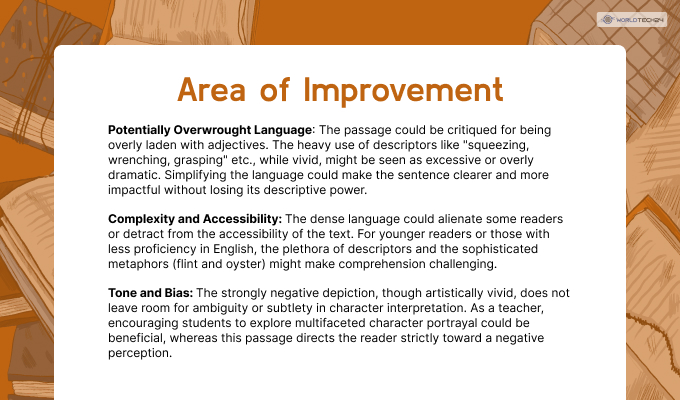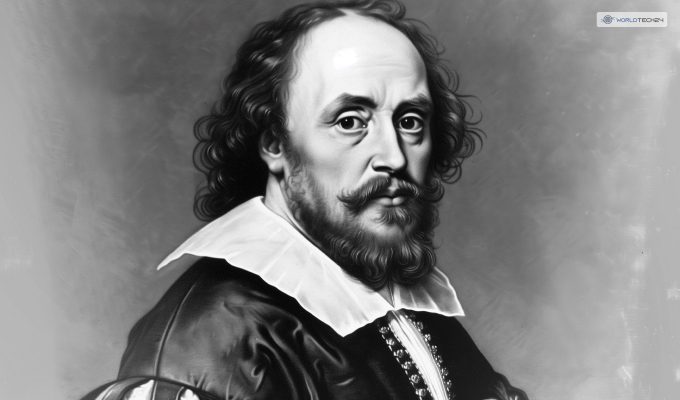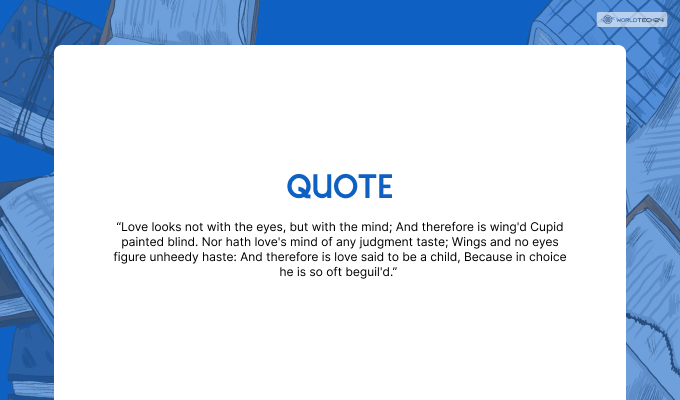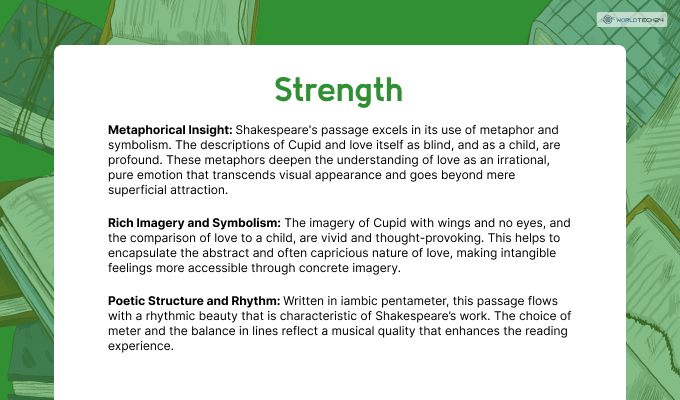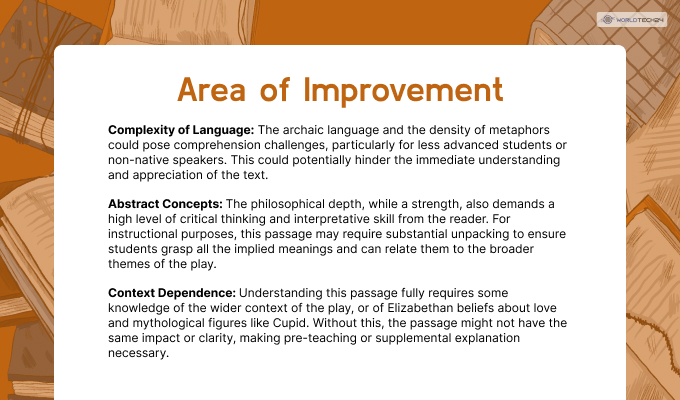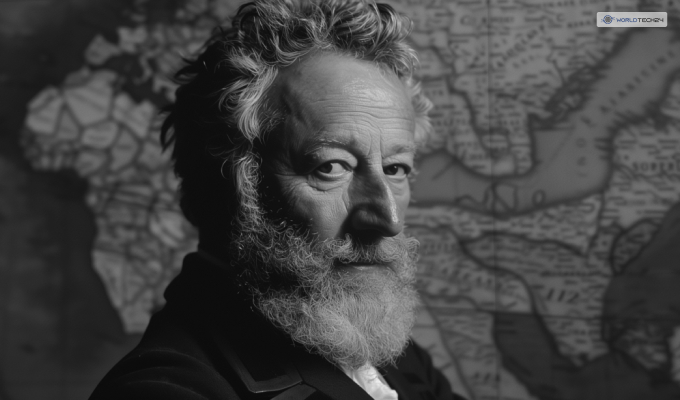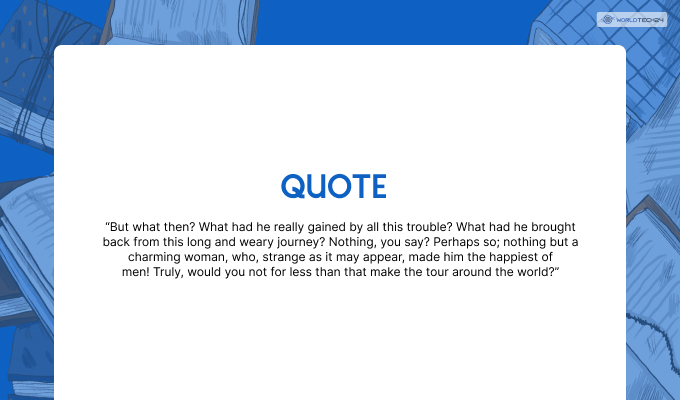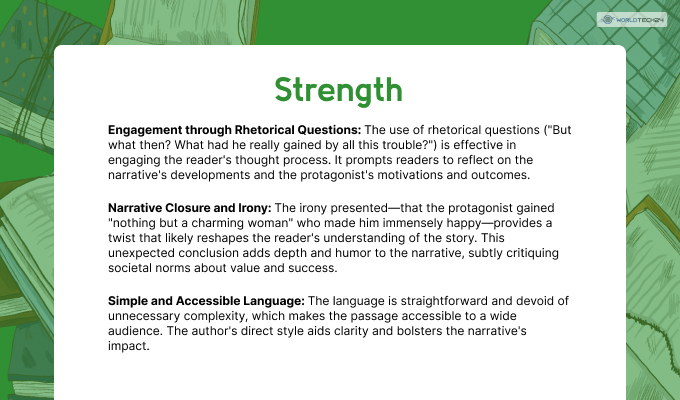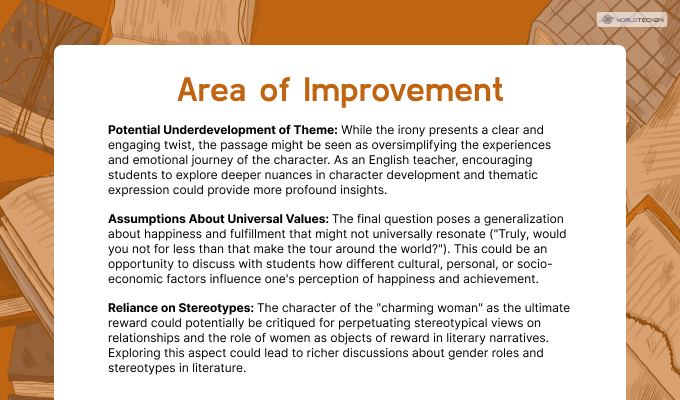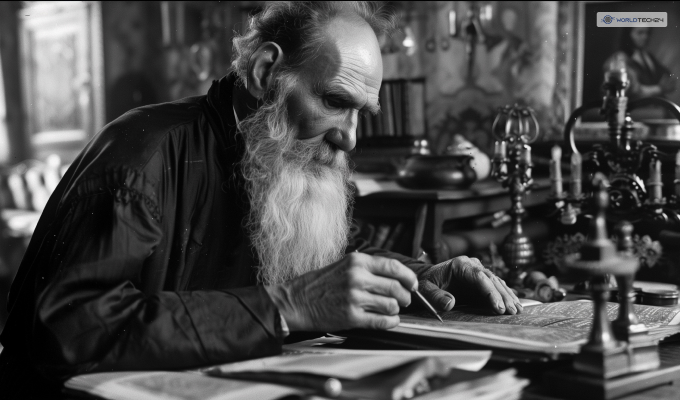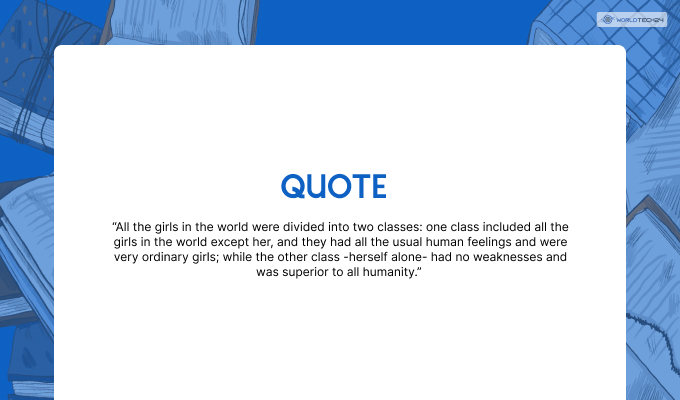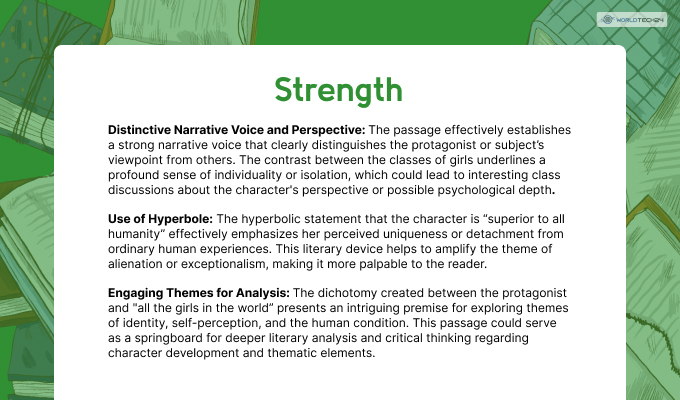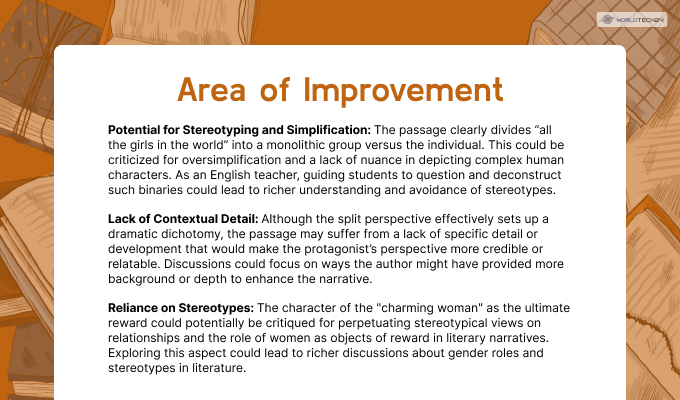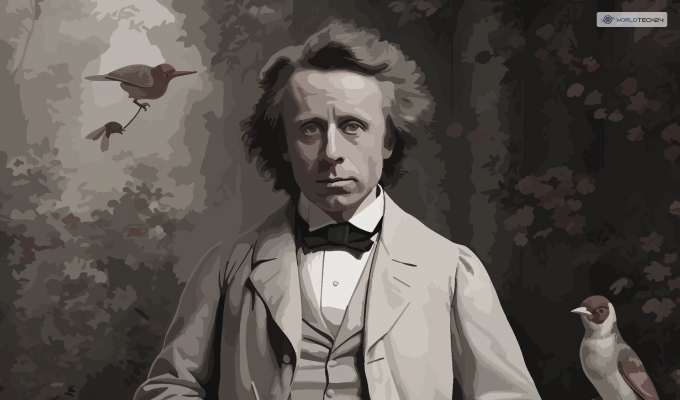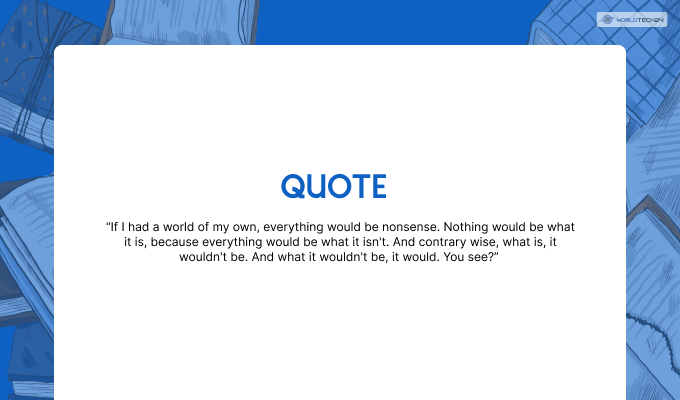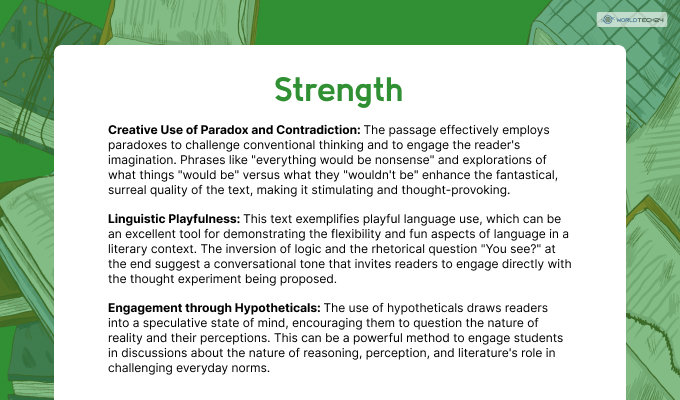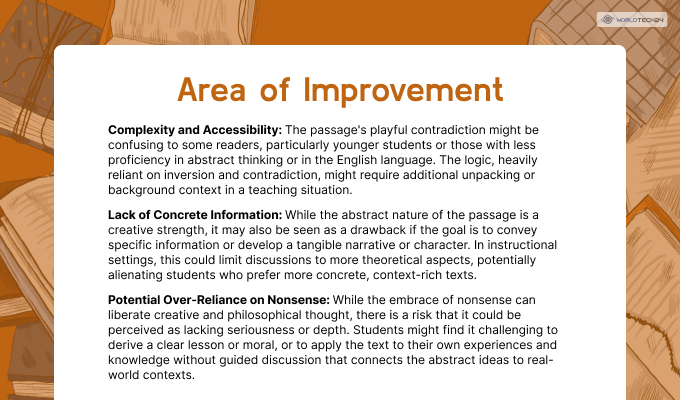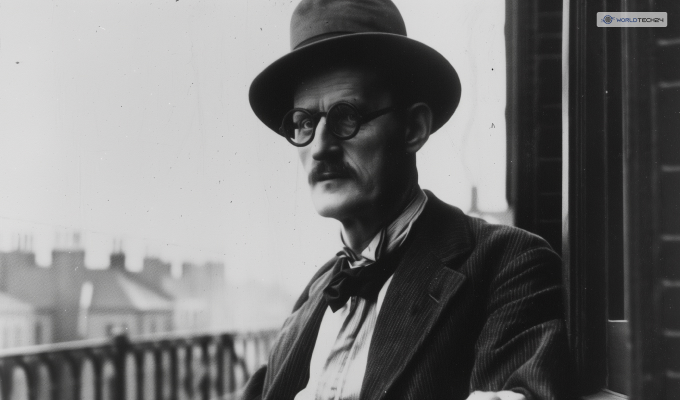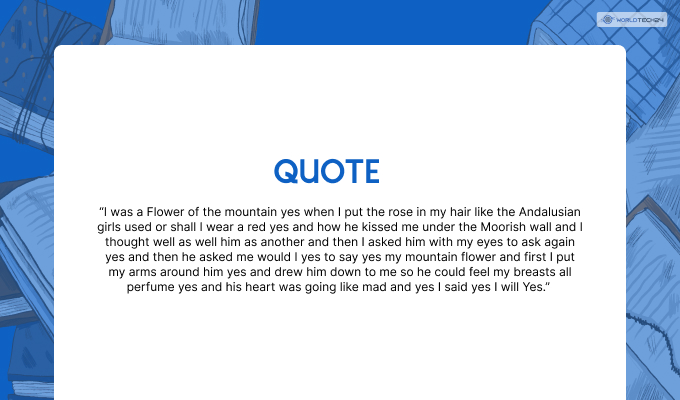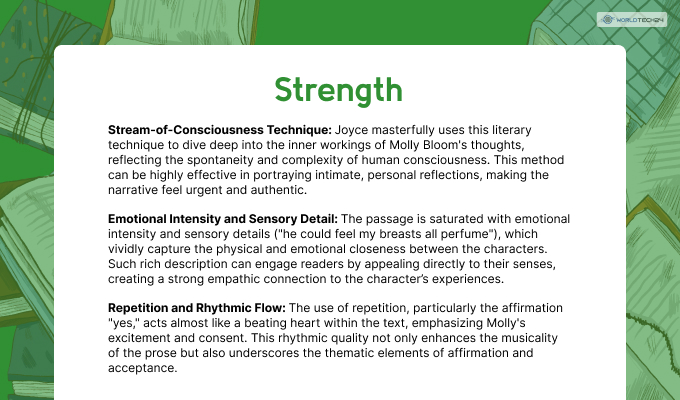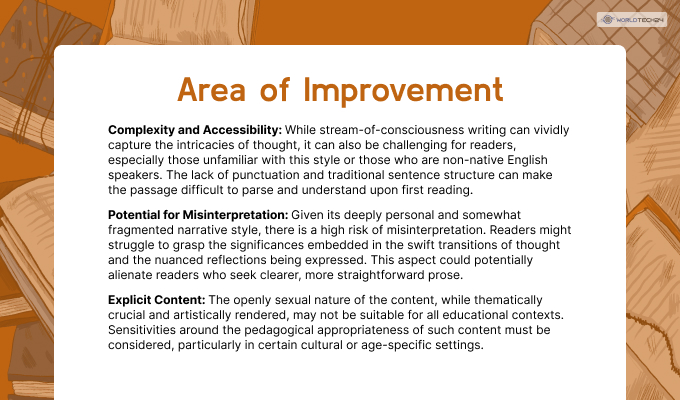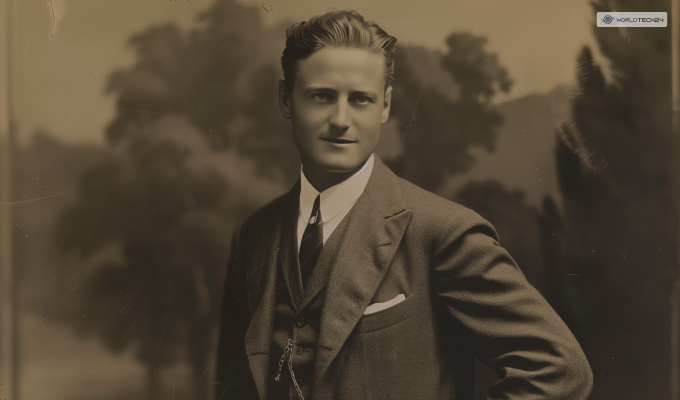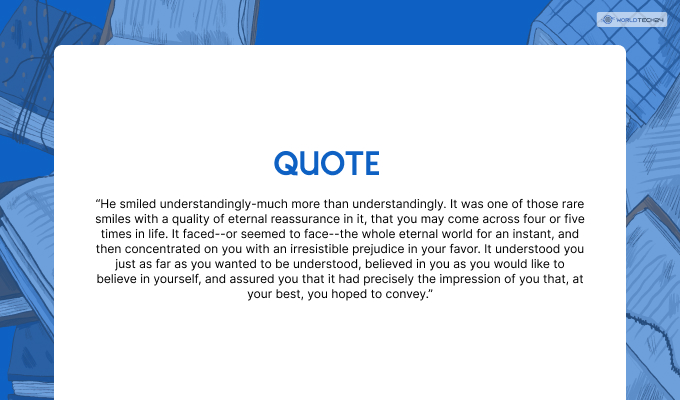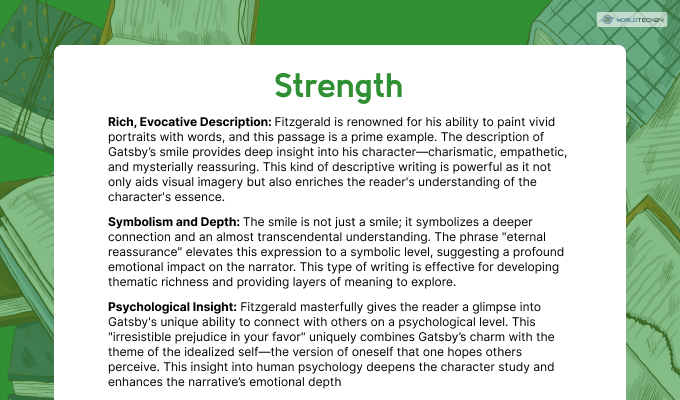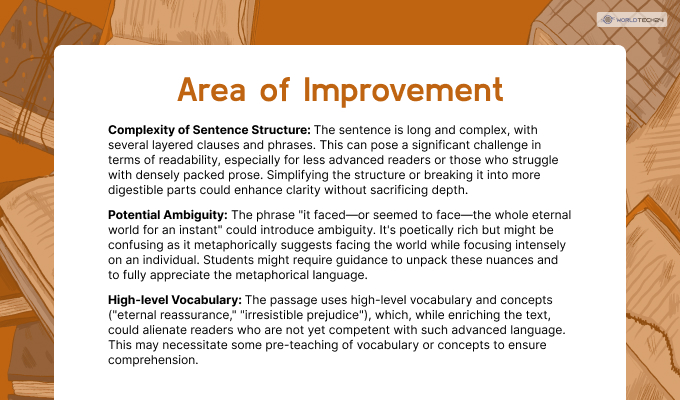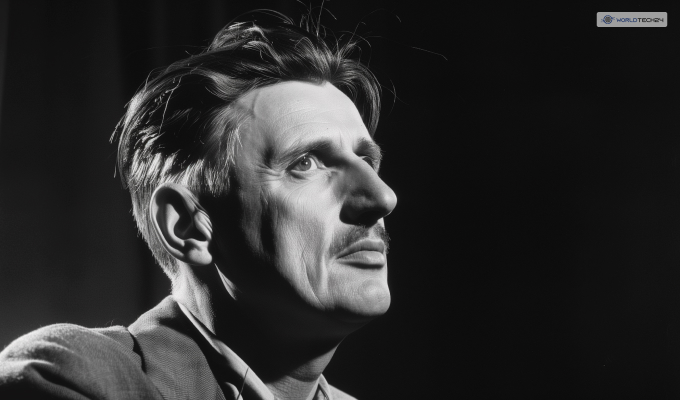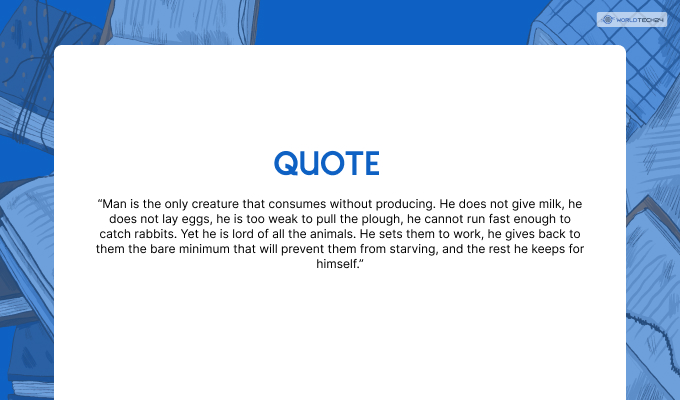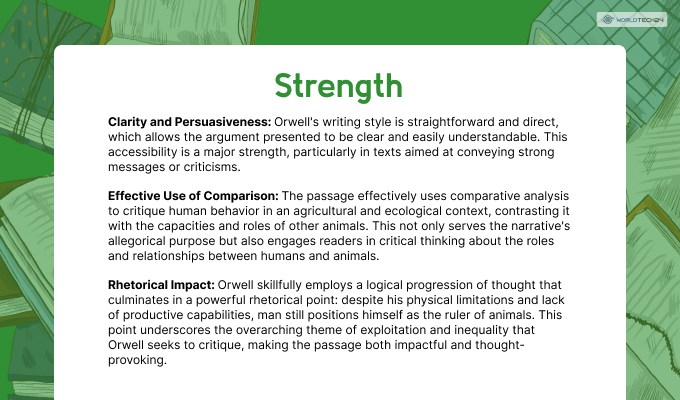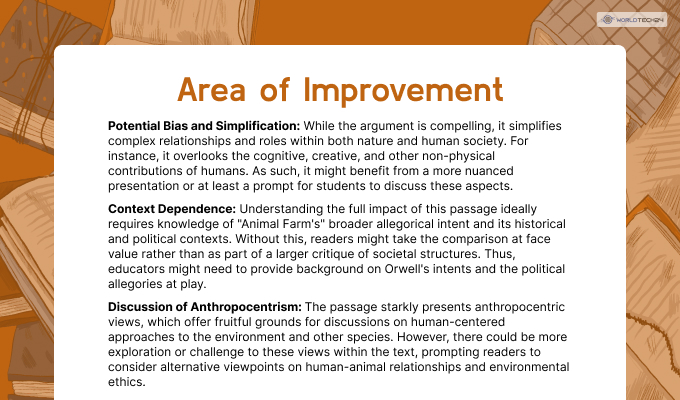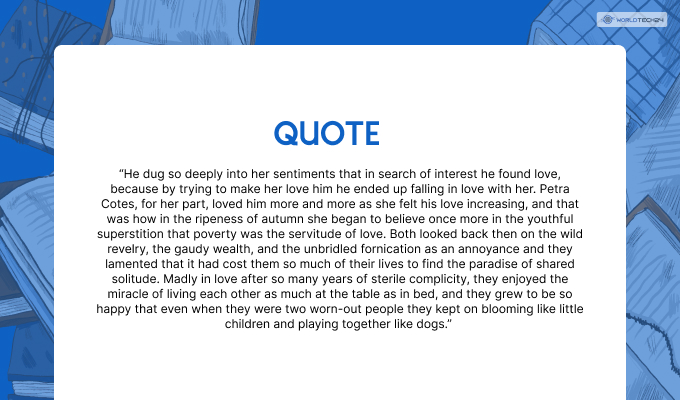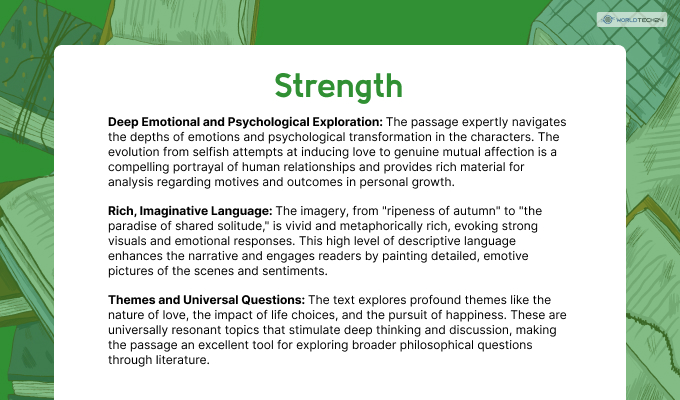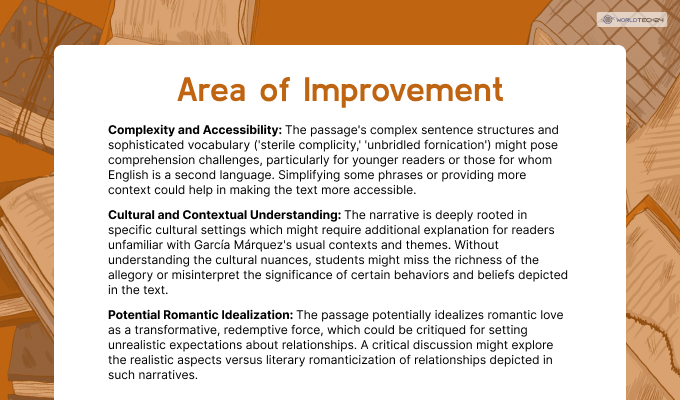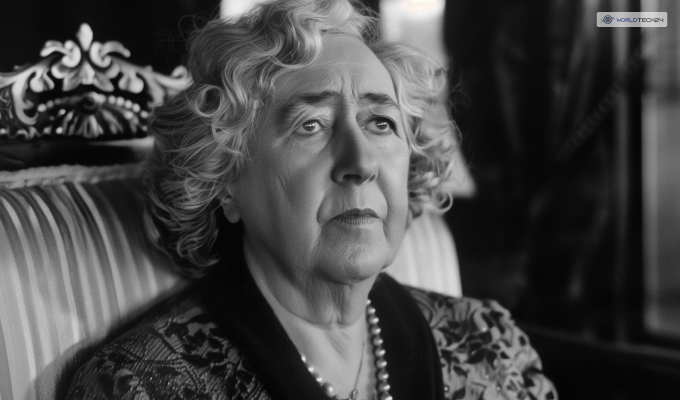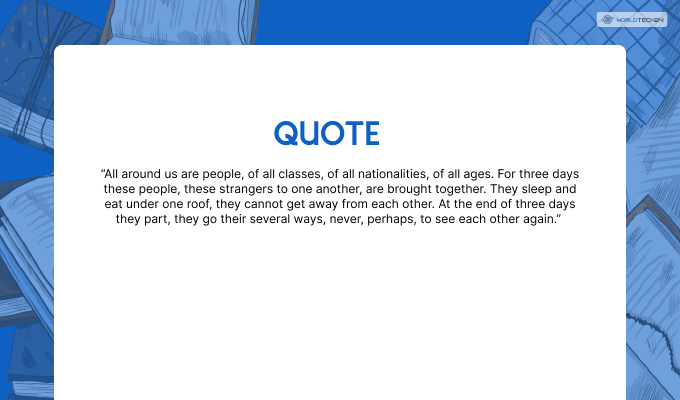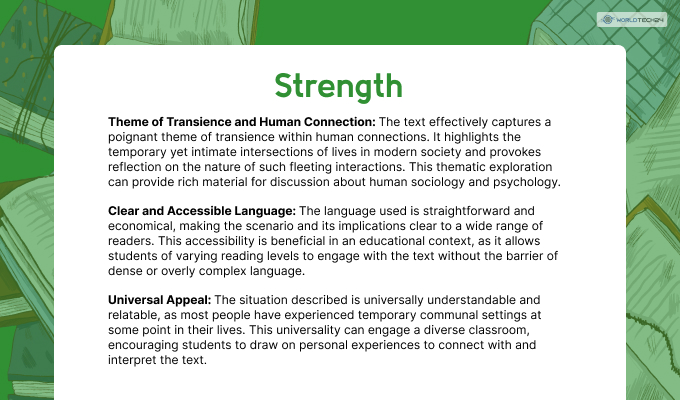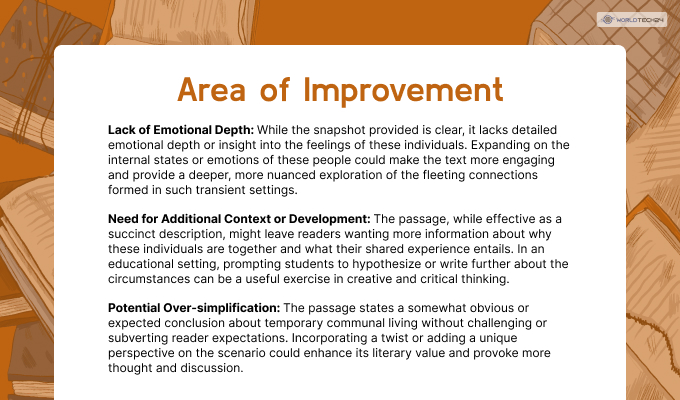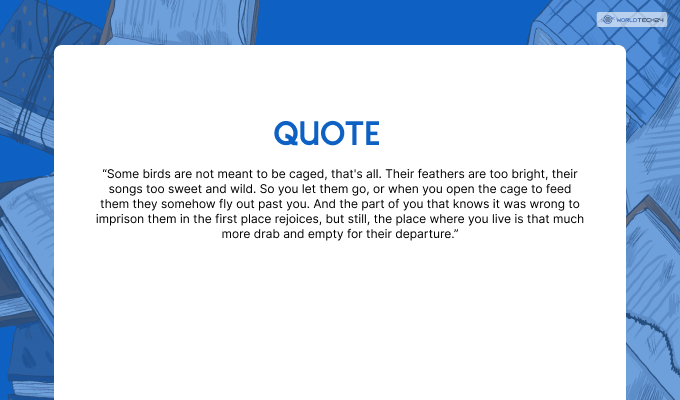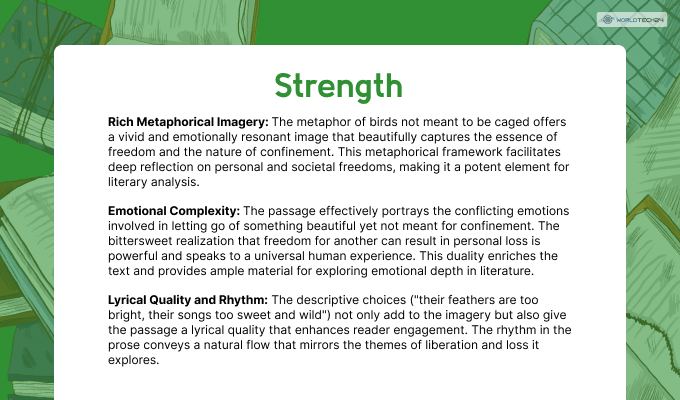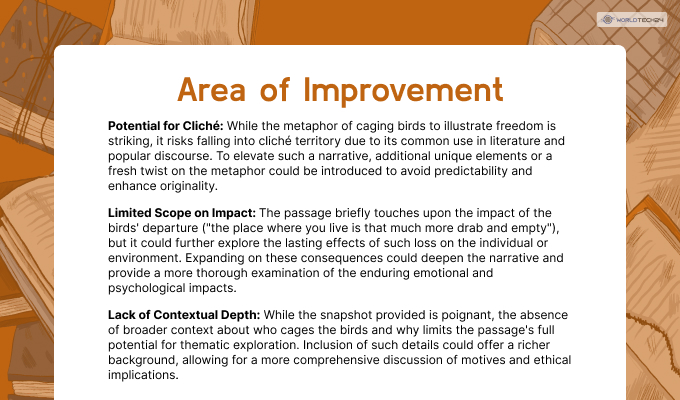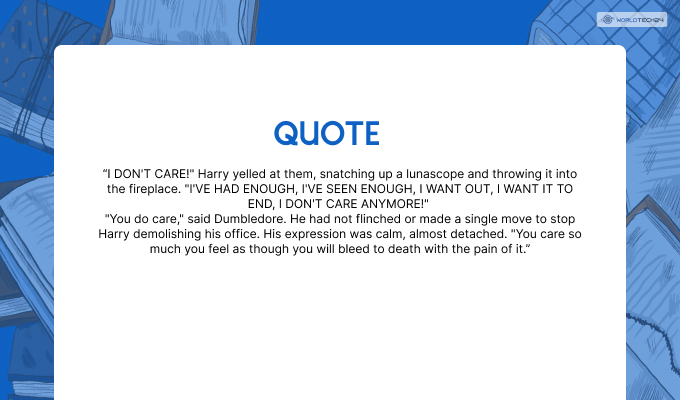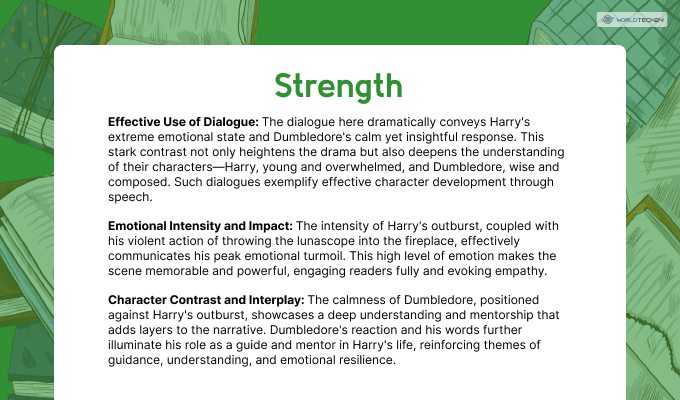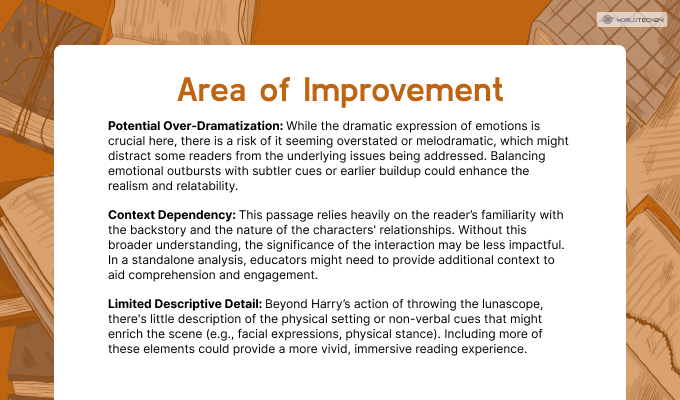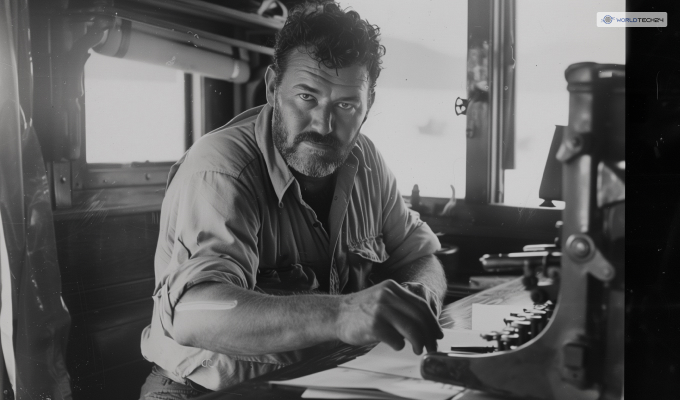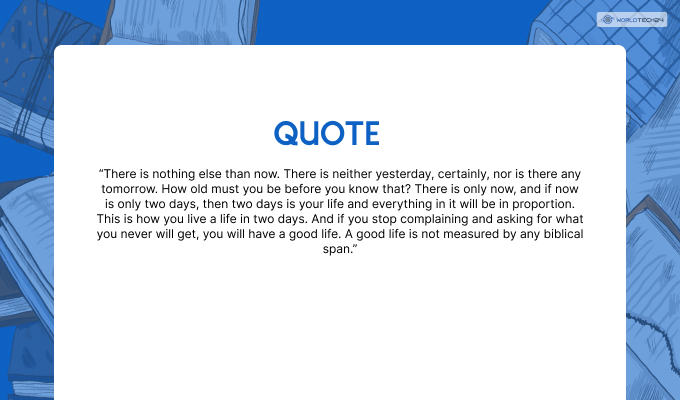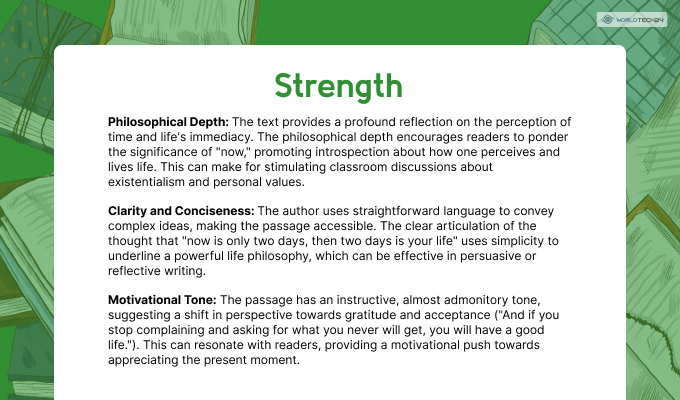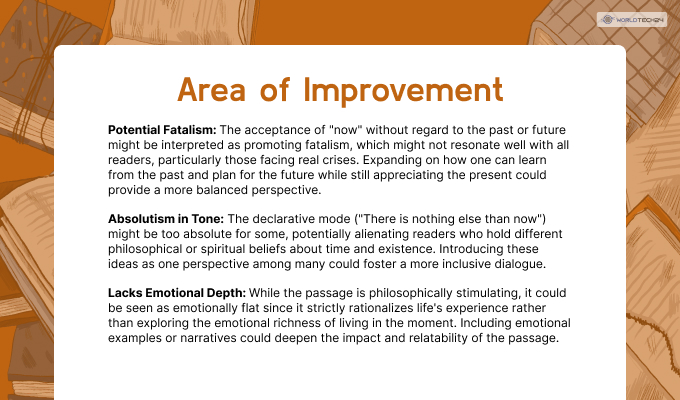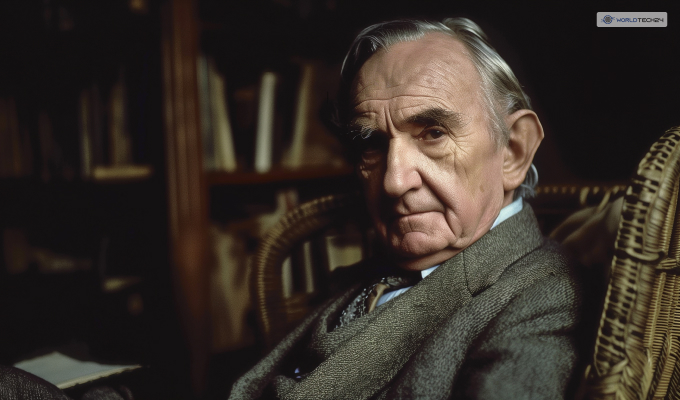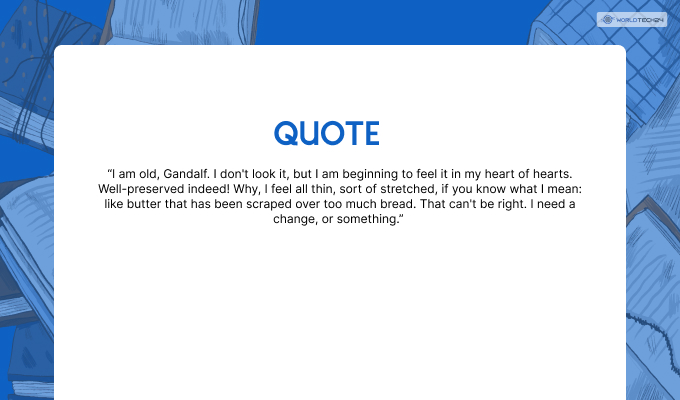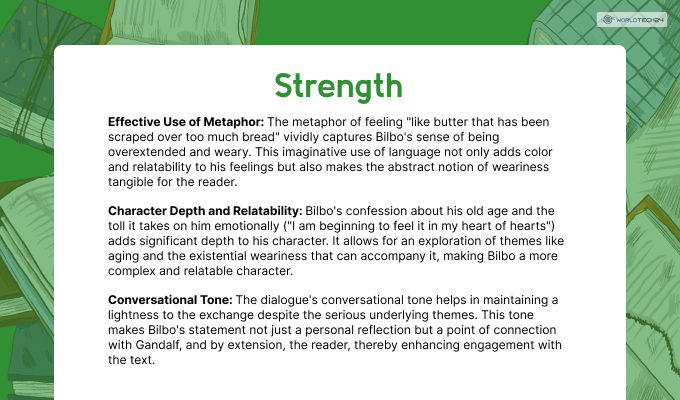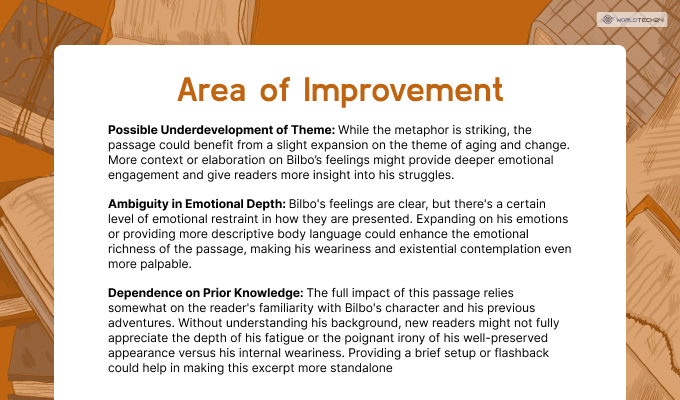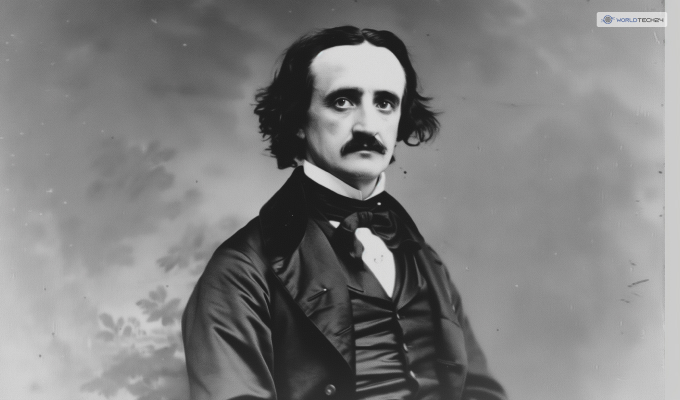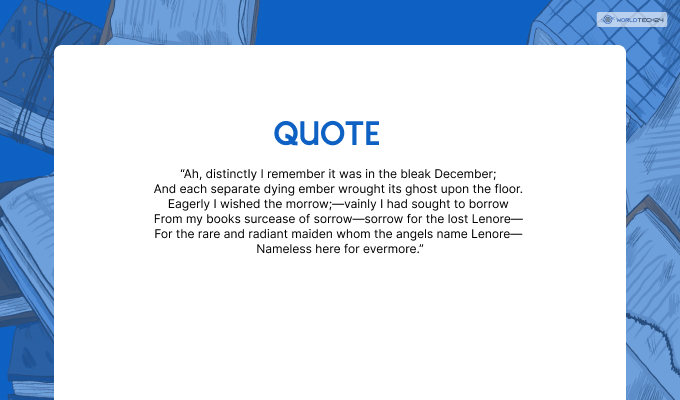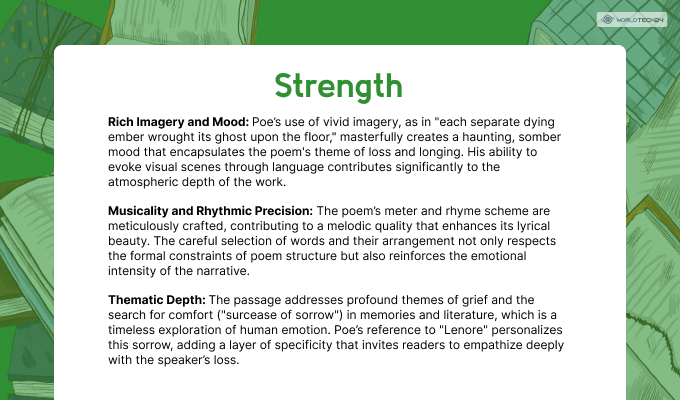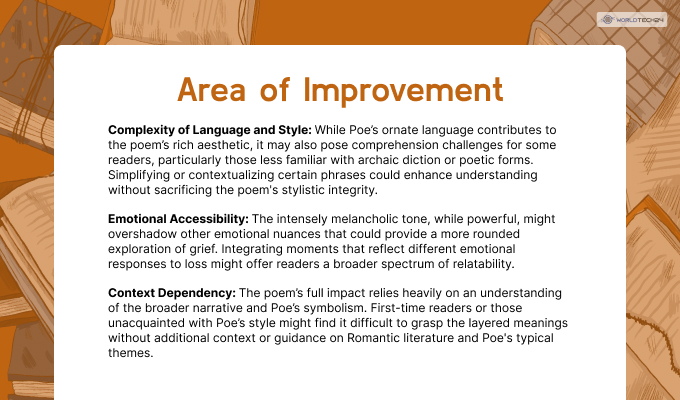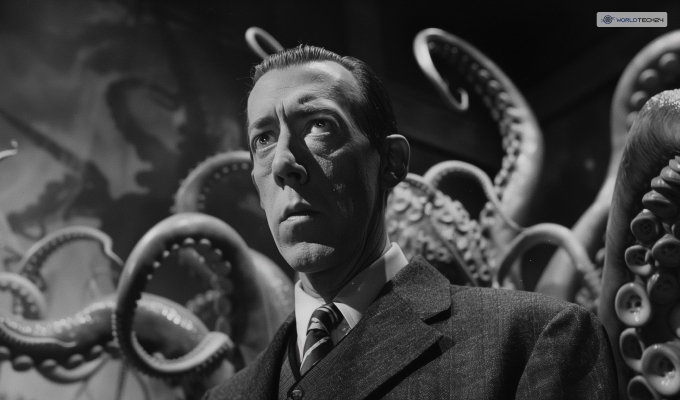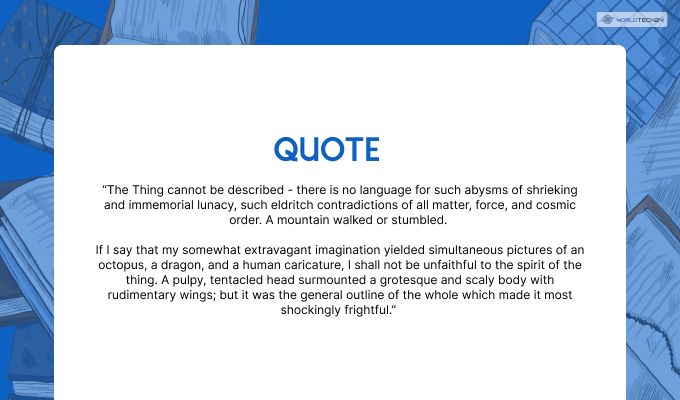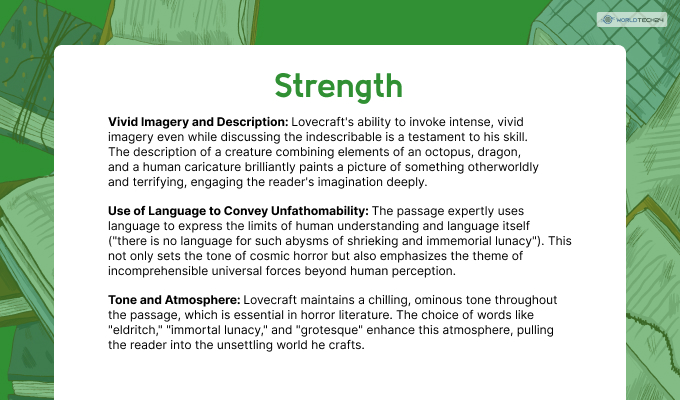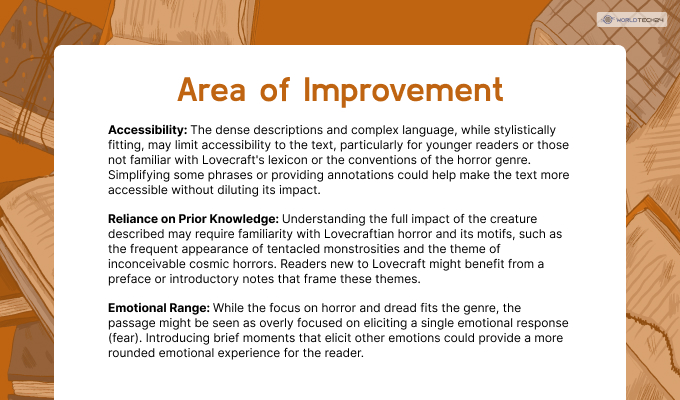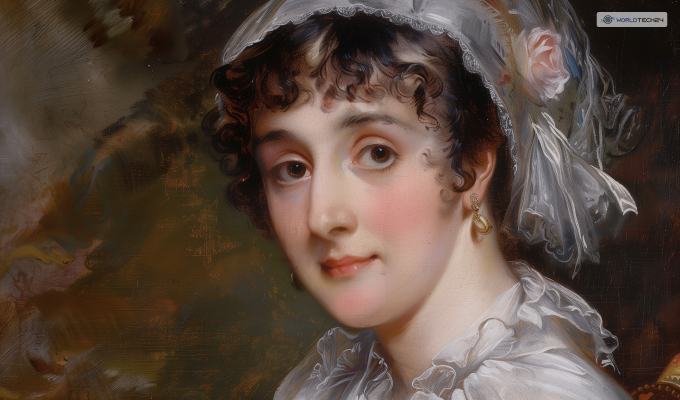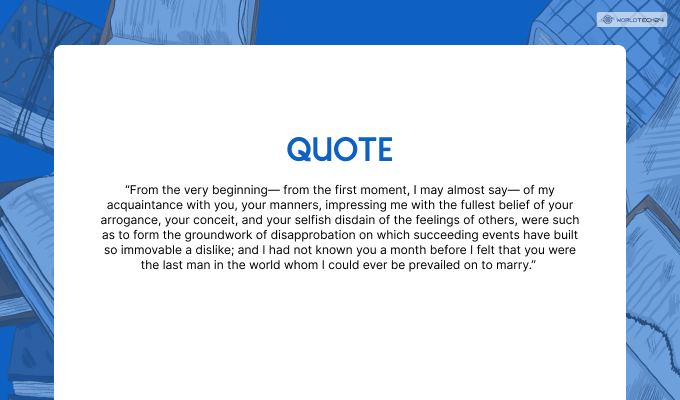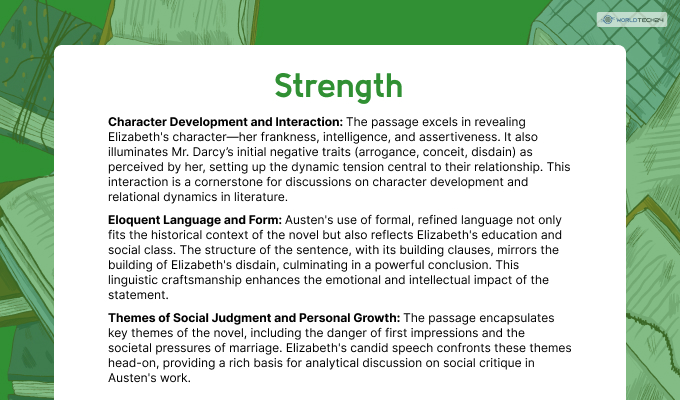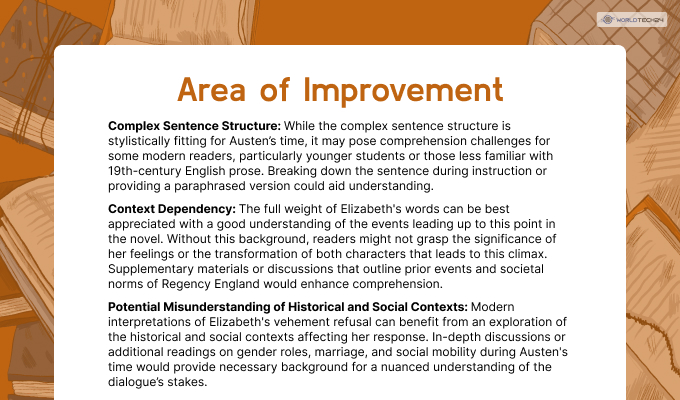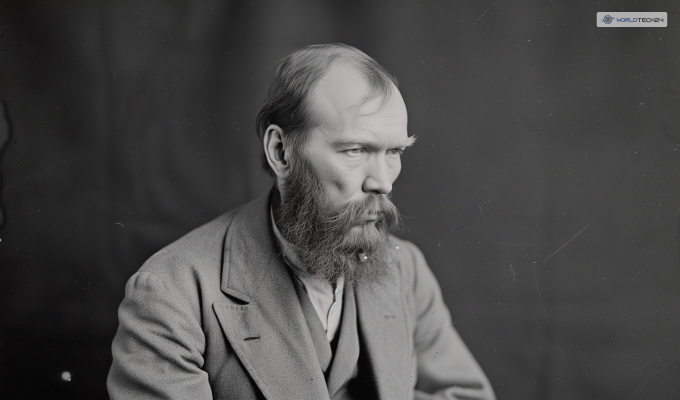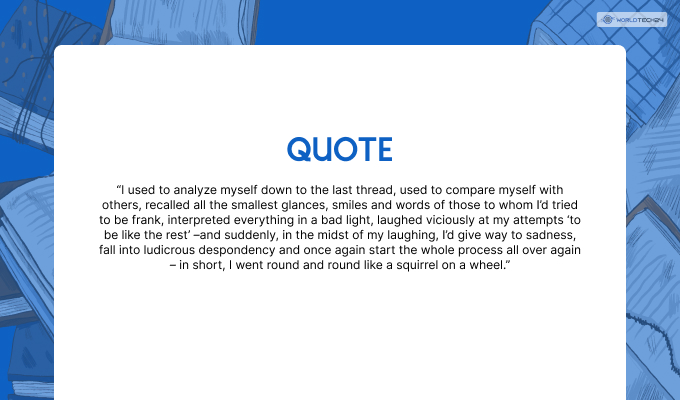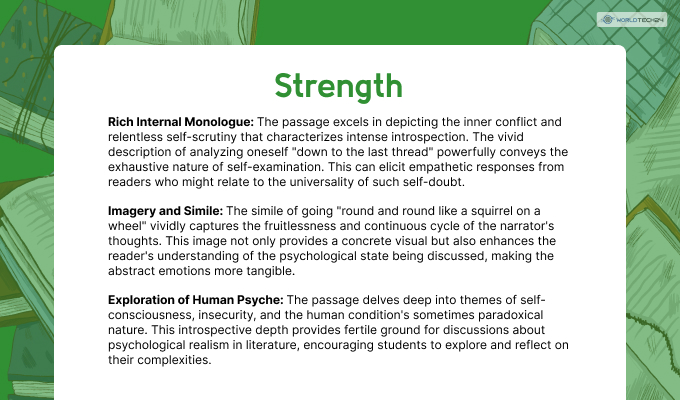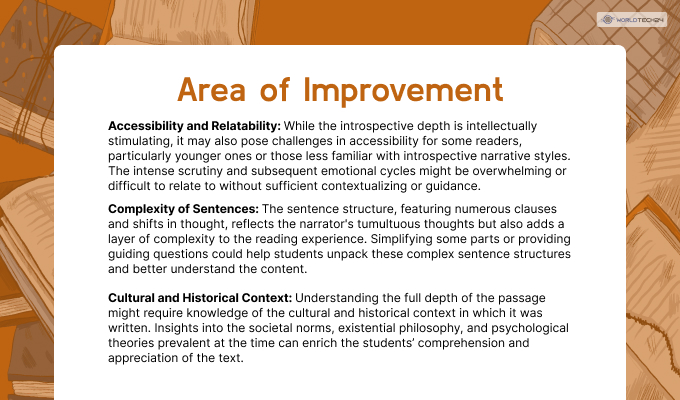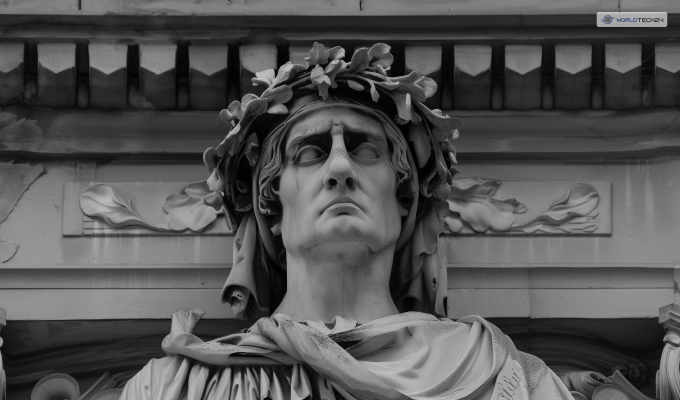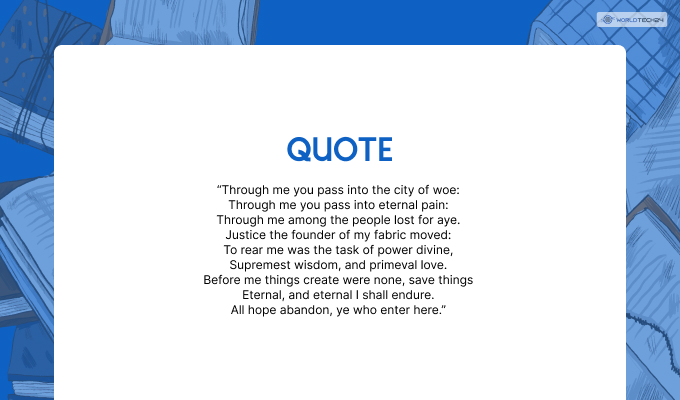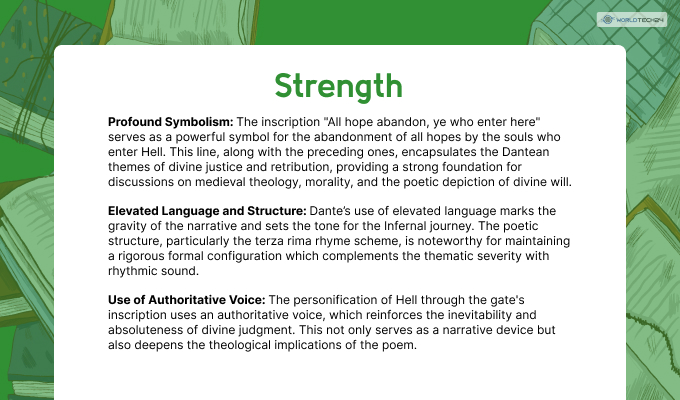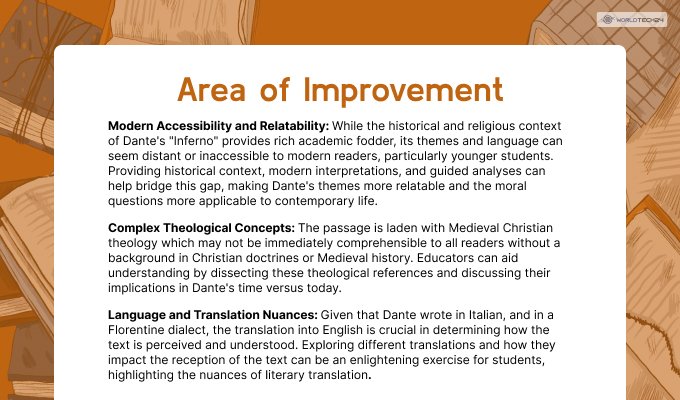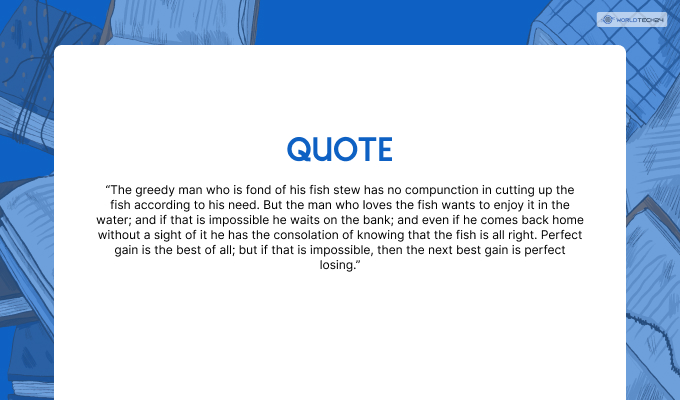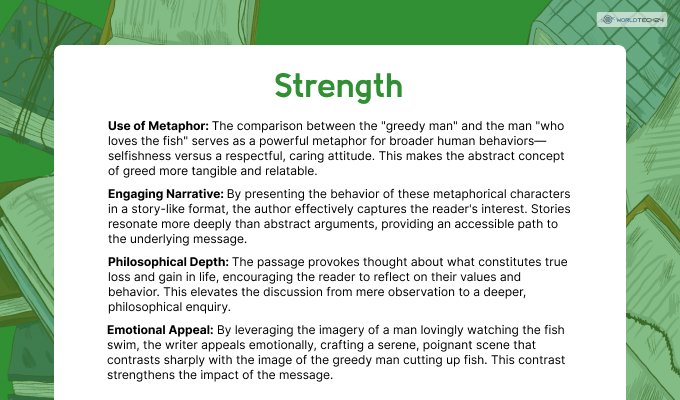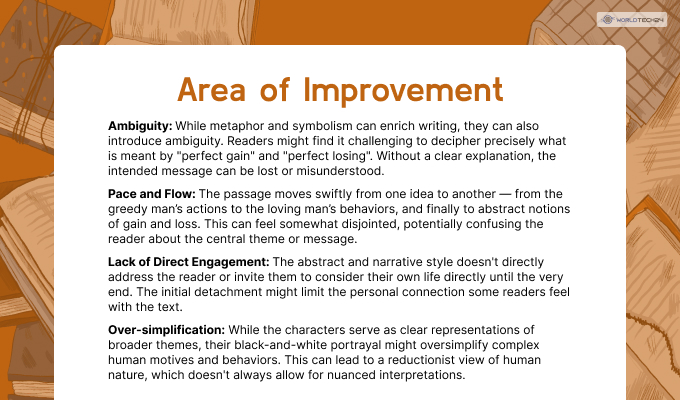It’s no lie that AI is taking over the world steadily. From creating creative emails to clients to finding out various life hacks for our daily problems – an AI likely has the solution to everything. However, it should come as no surprise that you can use AI to create interesting blogs – and even stories in their entirety!
Most AI chatbots like OpenAI’s ChatGPT and Microsoft’s Copilot have been fed data about millions of famous books. From novels, plays, motivational books, and even guidebooks, their LLM (Language Learning Model) helps them learn everything that these books have to offer.
However, does that make them smarter than us humans, and more specifically, literary legends? Can AI create stories that are better than what famous writers like Shakespeare and Tagore have written in the past?
Moreover, does AI have enough processing power to understand their writing style from a mere snippet of their work and identify an author’s unique style of writing?
Let’s find out!
How I Used AI To Analyze Writing Styles From Short Snippets

For this case study, I used the Straico generative AI chatbot. It’s an excellent chatbot that lets me use any AI model that I wish to use. Therefore, for this case study, I used the ChatGPT 4 Turbo 128k model, which is one of the best there is on the World Wide Web.
As for the prompt that I used, this is what I typed:
Imagine yourself a strict English language teacher and analyze the following writing style and talk about the good and the bad:
“Snippet in quotes”
Here, I instructed the AI model to be like a strict English teacher so that I can get a genuine response from it. Moreover, letting it be an English teacher will give me a critical analysis of the text, rather than a general one.
Here are all the famous authors and a snippet from their best works, along with Straico’s analysis of the text. In addition, I also included my own analysis of the snippets, and its comparison with Straico’s analysis.
1. Charles Dickens (A Christmas Carol)
I have read many novels by Charles Dickens, like Christmas Carol, Oliver Twist, Great Expectations, A Tale of Two Cities, and more.
However, if I only consider Christmas Carol, I can say that he has a very figurative style of writing. Here, he uses a lot of adjectives to describe Scrooge, one of the main characters of this story. Moreover, he also uses many metaphors in the form of adjectives.
In addition, since I have read many other works of Charles Dickens, I can say that he has a satirical tone. This is more evident here with his use of metaphors to describe Scrooge.
Therefore, I guess AI does have a good understanding of the English language, and what literary devices Dickens uses.
2. Shakespeare (Midsummer’s Night Dream)
William Shakespeare is the ultimate wordsmith – one of the great playwrights of all time. Therefore, it goes without saying that he did reinvent the way future author’s think about the English language!
Firstly, he uses a lot of metaphors and symbolism to describe his scenes. In this snippet, he describes love to be blind (like cupid with no eyes). In addition, he also describes love to be like a child – being easily influenceable. Therefore, he uses a lot of imagery and metaphors to describe love.
However, as the AI rightly pointed out, Shakespeare uses old Elizabethan English. None of us converse or write in this language. Therefore, modern readers will have a tough time simply picking up A Midsummer’s Night Dream and understanding everything.
3. Jules Verne (Around The World In 80 Days)
I believe Jules Verne is a simple writer. He uses simple English words to tell his story instead of relying on an overabundance of difficult, nigh incomprehensible words to sound appealing. This is pretty evident in Around the World In 80 Days, one of Verne’s best works.
While the AI’s assessment is true, including the usage of comparative irony “nothing but a charming woman… made him the happiest of men!” However, Straico is wrong to judge Jules Verne for relying on stereotypes. This novel was written in 1870, when the world was normally stereotypical compared to today’s societal development.
4. Leo Tolstoy (Anna Karenina)
Anna Karenina is one of the most acclaimed works of Leo Tolstoy. Straico was right on identifying the usage of hyperbole here. This snippet is Levin’s view of another character called Kitty, whom he’s infatuated with that he believes she’s the ultimate woman – superior to everyone else.
However, Straico again points out Leo’s stereotypical depiction of normal women – not considering that his book is from the 1878 when feminism didn’t exist. Moreover, Straico bases the dichotomy here just based on the snippet without following the story.
Furthermore, Straico thinks of this snippet as extreme narcissism – which is false. Th character is describing another person, not himself.
5. Lewis Carroll (Alice in Wonderland)
Alice In Wonderland is a weird novel, thanks to the absurd and surreal fantasy world created by Lewis Carrol. Therefore, it’s fitting that he used an equally absurd form of language for the book.
Straico got this right, identifying Carrol’s use of creative paradoxes and “nonsense” – the latter being an integral part of the novel itself. However, I believe Straico was wrong to call this inaccessible since Carrol aimed at creating a playful novel to read, using absurdism as its main selling point.
6. James Joyce (Ulysses)
Ulysses is an epic novel by James Joyce, based on the epic poem Odyssey by Homer. Here, Straico is on point to identify the use of the “stream of consciousness” literary technique, where all thoughts of the characters are vividly explained as the character faces them in the most sensory way possible.
Moreover, this snippet has a rhythm to it, accentuated using the word “yes” in a fragmented way. However, Straico was true in realizing how complex and sexually explicit Joyce’s novel is.
7. Scott Fitzgerald (Great Gatsby)
If you ask someone about The Great Gatsby by Scott Fitzgerald, most will say that they only saw the movie with Leonardo Di Caprio in it. It’s one of the most famous novels of Fitzgerald,
Straico understands that very well, and therefore, understands his style of writing to be rich and evocative. Fitzgerald belonged to the Jazz Age of America, where use of challenging words in simple sentences was a norm (also used by Fitzgerald’s best friend Ernest Hemmingway).
In this snippet Fitzgerald describes the emotive aspects of a “perfect smile” which can bring forth certain positive emotions in others. However, I believe the sentence structure is not complex and isn’t ambiguous at all.
8. George Orwell (Animal Farm)
George Orwell’s Animal Fam is one of my personal favorite novels, especially because of how painstakingly and brutally it depicts humanity and animal cruelty.
Straico was quick to identify Orwell’s use of simple English to explain everything. Moreover, it’s true that he uses rhetorical descriptions of humanity – the master of all animals, yet unable to do anything productive like other animals. Humanity’s comparison with other animals is brutally described here.
Orwell uses allegory to comparatively describe humanity with other animals and our place on the animal kingdom’s hierarchy – where we are the weakest but also the most powerful. This is why he used animals to portray humanity’s various societal structures.
9. Gabriel Garcia Marquez (One Hundred Years Of Solitude)
Gabriel Garcia Marquez’s Hundred Years of Solitude is one of my all-time favorite reads. Originally in Spanish, this book was translated impeccably by Gregory Rabassa. It follows the lives of generations of the Buendia family in Macondo.
This snippet alludes to life in the 1960s, where the younger generations left behind intimate happiness for materialistic pleasures. Therefore, Straico was right to say that this text explores the emotive aspects of the character. This helps him bring forth the theme of “gaudy wealth and unbridled fornication as an annoyance.”
However, this text isn’t complex in nature as Straico analyzes it to be. Moreover, cultural and contextual understanding isn’t necessary here, since love transcends all cultures. In addition, it doesn’t set any expectations about idealization of love.
10. Agatha Chistie (Murder on the Orient Express)
Agatha Christie is one of my favorite thriller storytellers, and Poirot realizes that. Murder on the Orient Express is one of my favorite detective novels, up there with Arthur Conan Doyle’s Hounds of Baskerville.
This snippet explores the connection amongst humans in a temporary setting. Aboard the Orient Express, everybody is a stranger – and everybody is a friend as well. Christie explains this in a simple and effective way, making it easy for readers.
However, all three of Straico’s suggested “area of improvement” fail to consider that this is just a snippet. Therefore, I will not consider them.
11. Stephen King (Rita Hayworth and Shawshank Redemption)
If you haven’t watched The Shawshank Redemption by now, I highly recommend you watch it. It’s based on this book by Stephen King, which is considered unusual since he is famous for writing mystery and science fiction novels.
In this snippet, King describes the character Andy Dufresne from Red’s view after the former escaped from prison. Here, King perfectly explains Andy like a “some birds are not meant to be caged” However, he had a big positive impact on Red’s life, who now feels sadder inside the prison without Andy around.
The symbolic metaphor of comparing Andy with a bright bird perfectly sums up his character – a kind man in prison, not a criminal.
However, Straico states that this metaphor is too cliched – which might be true. The other two cons are invalid as it requires understanding of the whole story.
12. JK Rowling (Harry Potter)
The Harry Potter series of books and movies and movies have become synonymous with children growing up in the early 2000s. It also made JK Rowling a known name in the literary world, despite this being her only famous book series.
Rowling uses CAPITALIZED WORDS to showcase the emotional intensity of Harry’s dialog. Capitalized words have become a great way to showcase anger and surprise, which we often use while text messaging.
Moreover, the tone of Dumbledore as a fatherly figure to Harry also comes out easily here, noticeable in his subdued tone and choice of words. Hs understanding of Harry’s plight and feelings is understandable here.
However, I believe the dramatization was apt here. The scene isn’t over dramatic at all as Straico explains it to be.
13. Ernest Hemingway (For Whom The Bell Tolls)
If you watched the animated movie “Kung Fu Panda,” Master Oogway tell Po about the significance of now – with the famous “today is a gift, and io thus called the present.” Yis snippet from Ernest Hemingway’s For Whom The Bell Tolls also shares a similar message though in the context of war.
It has a philosophical touch to it, as Ernest tries to capture the fatality of the Spanish Civil War just before World War II. Therefore, Straico is true regarding the philosophical and existential connotations of this snippet, along with motivational tone.
However, Straico is wrong to claim that this text deals with “the acceptance of now” as fatal. Moreover, calling this text to be absolute in tone is wrong, since the author simply gives a motivational perspective on the importance of living in the moment – a comfort for battle-wear soldiers during war.
14. JRR Tolkien (Lord of the Rings)
I consider JRR Tolkien’s Lord of the Rings books to be literary masterpieces – the holy grail of high fantasy world building. In addition, the original trilogy are also fantastic movies, proven by the number of Oscars they won!
In this snippet, Bilbo Baggins says to his best friend Gandalf that he is getting old and needs a new journey to satiate his spirit of an adventurer. Tolkien uses the metaphor “like butter that has been scraped over too much bread” to explain his old age and weakness.
However, it’s true that you need prior knowledge of “The Hobbit” book to understand the character of Bilbo and emotionally connect with his words.
15. Edgar Allan Poe (The Raven)
The Raven by Edgar Allan Poe is an interesting poem, full of sorrow and agony. It’s about the titular talking raven visiting a mournful scholar who recently lost his loved one called Lenora.
Po creates a vivid and haunting mood here as he describes the scene of the scholar’s room and his mood. What I find interesting here is the use of poetic meter – its rhythmic structure.
Po claimed that he was inspired by the poem “Lady Geraldine’s Courtship” by Elizabeth Barrett. This is why he made use of internal rhyming and complex alliterations – which are left unstated by Straico.
However, it’s true that this poem has a musical meter to it, which makes it thematically better. However, it’s also true that this poem is complex for the average person, which was Po’s intention from the start!
16. HP Lovecraft (The Call of Cthulhu)
HP Lovecraft is revolutionary in the world of supernatural horror and unimaginable fiction. The Call of Cthulhu is one of his most accomplished works, which has influenced countless horror movies, novels, and even Metallica! It shows the narrator encountering the Cthulhu – a strange beast from the depths of the abyss.
Here, it’s evident that the narrator is scared, confused, and astonished by the grotesque sight of the Cthulhu. The narrator finds it vividly unfathomable, more so since it’s in a creepy setting.
However, I will not agree with all cons stated by Straico. This text is supposed to elicit one emotion – fear – which it rightfully does. Moreover, it’s easily understandable and you don’t need prior understanding of the verses before this one to understand the eldritch fear that the Cthulhu is.
17. Jane Austen (Pride and Prejudice)
Pride and Prejudice by Jane Austin is one of the most popular romance drama novels of all time. This book was super popular amongst teenage girls till date, spurring numerous Hollywood movies, a BBC TV-series, and even a Bollywood TV series (Bride and Prejudice)!
Straico analyzes this snippet perfectly to identify the character development of the main protagonist Miss Elizabeth Bennett.
Though she had a highly prejudiced viewpoint against the personality of Mr. Fitzwilliam Darcy. However, over time, she has learnt to let go of her prejudice and see the man whom she fell in love with.
It also encapsulates the societal norms of the 1800s – the period this book was set in. Therefore, Straico was right to point out the use of eloquent English – which was more prevalent amongst the high class during that age.
However, I agree with Straico analyzing this snippet to be complex since while ity looks like a big paragraph – it’s just one sentence!
18. Fyodor Dostoyevsky (Crime and Punishment)
Straico analyzes this snippet from Crime and Punishment by Fyodor Dostoyevsky correctly.
The story follows disillusioned protagonist Rodio Raskolnikov, who contemplates whether his choice to kill someone else was good or bad. Good – because it fulfilled his material needs. Bad – he killed someone, which caused a lot of internal anguish and guilt.
Therefore, Straico analyzed the internal strife of Rodion correctly from this monologue, who has a pessimistic and cynical viewpoint towards life and social connections with others. It also rightfully pointed out the use of a simile (like a squirrel on a wheel), which is what the narrator feels.
However, while I do agree the sentence structuring is complex for modern readers, it has got nothing to do with cultural and historical context behind this monologue. Modern people also feel such internal strife Rodion when going through a rough patch.
19. Dante Alighieri (Divine Comedy)
Dante Alighieri’s Divine Comedy is the oldest that I have used Straico to analyze. The poem depicts afterlife according to what people thought of it during the 1300s, and I expect Straico to have a hard time with it.
However, it provided me wrong. Straico correctly analyzed the snippet for having profound symbolism as per Dantean themes. It also correctly identified its use of elongated language and structure along with an authoritative tone – a common in Dante’s other works like Inferno.
Moreover, I agree with the cons of this text according to modern readers. Moreover, Dante was famous for putting into words challenging thematic concepts – like the depiction of afterlife presented in this poem.
Furthermore, it’s possible that this text was purposely made difficult since Divine Comedy is originally in Italian, with this being an English translation.
20. Rabindranath Tagore (The Home and the World / Ghore Baire)
Rabindranath Tagore is one of the most celebrated Indian authors, having won a Nobel Prize for Literature. Therefore, I chose Straico to analyze this snippet from Ghare Baire {Inde and Outside Our Home).
This text is a translation of the original Bengali text, done none other than Rabindranath’s himself. Straico correctly identifies the use of metaphors here. According to Tagore, “the man who loves the fish” can either love it alive, swimming in water; or dead, on his plate as fish stew (referred to as greedy man).
Therefore, this forms an interesting philosophical viewpoint according to what loving something means – and the motivation behind it.
Conclusion: Is AI A Master Of Literature?
Regarding the analysis of all these snippets of famous works of legendary authors, Straico as an AI tool understand the English language very well.
It can identify various literary devices in these texts. Moreover, it also understood the kind of human emotions the author is trying to evoke in the reader, which was fascinating to see.
However, the “areas of improvement” it had for the authors of these snippets fails to consider the fact that these are snippets. It believes that these are singular pieces of text from start to finish. In addition, it thinks of most readers as having below average command over the English language.
Overall, I believe with more data to feed to the AI model, AI chatbots will soon be highly capable of forming stories of their own, threatening the literary world as authors and readers try to understand which are written by a human – and which are not.
More Resources:





